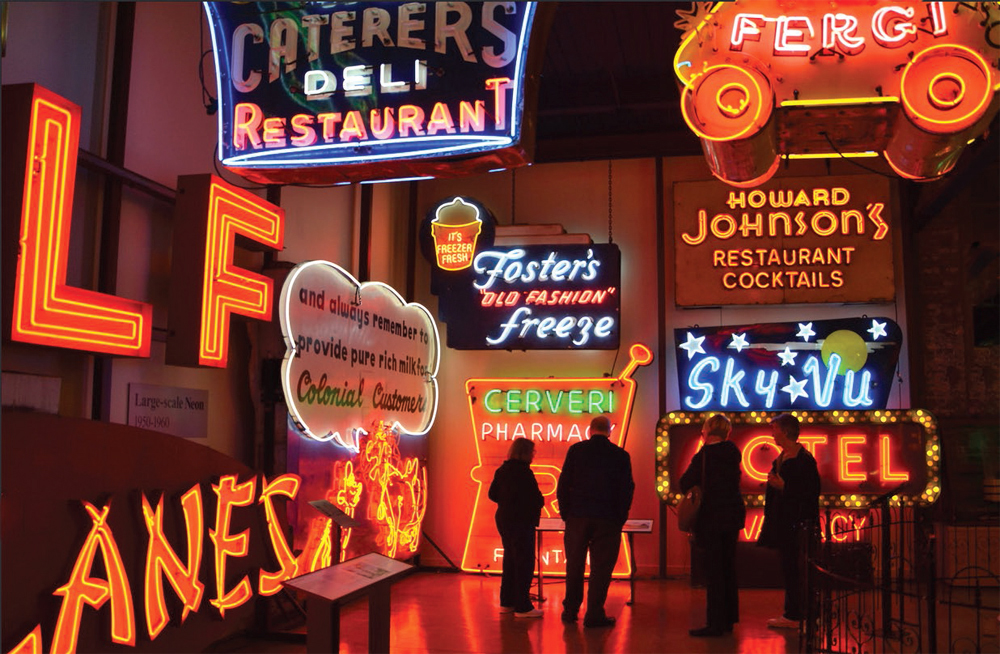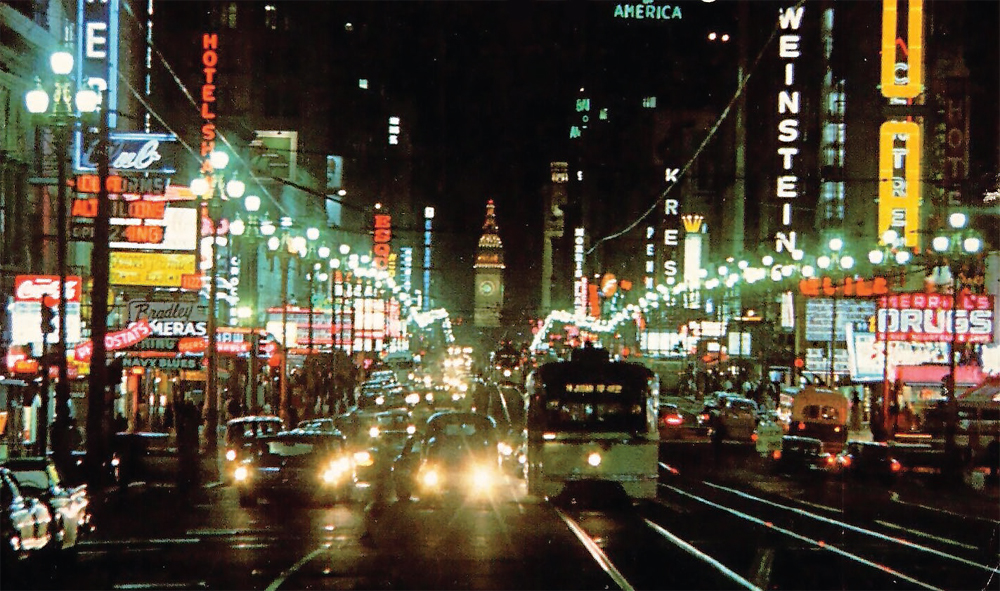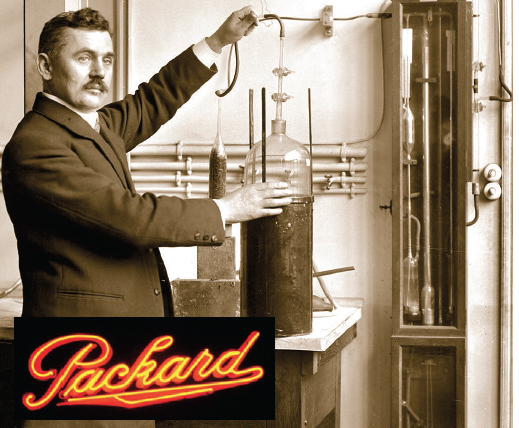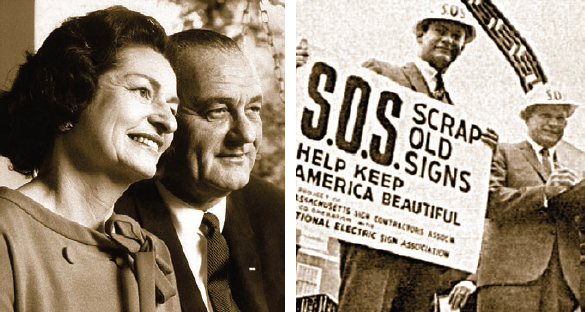Magical Mystery Lure
 |
|
|
Some fans of classic neon signage are celebrating 2023 as the 100th anniversary of its glowing debut in the United States. Others are not quite ready for merrymaking.
But everyone involved can agree on one thing: It's hard to resist the visual allure of a grand boulevard lit by the brilliance of neon. Whether it's a charming sign spelling out C-A-F-E, or a large-scale animated one inviting us to drop some dollars at a Las Vegas casino, neon has a way of electrifying a streetscape row of businesses, making everything come alive.
Looking around California today, so much of its beloved neon signage has vanished over the decades. But the good news is that a surprising number of the state's neon signs are still burning brightly, or are being restored, and their art form is definitely experiencing a resurgence.
Classic film-noir movies of yesteryear offer a glimpse into how cities looked during neon's heyday. 'Hollywood Story,' for instance, a 1951 noir, opens with the glamour of Hollywood at the height of its neon-bedazzled postwar years—its theatre marquees, restaurants, and studios all aglow at the storied intersection of Hollywood and Vine.
 |
|
|
Fast forward 70 years, and today the appreciation and celebration of neon lives on in yet another way, through education and enlightenment—at neon museums, tours, and even a Bay Area neon festival.
Neon signage has been around longer than most of us realize, its intriguing sealed glass tubes filled with gases and energized by a transformer.
A German glassblower named Heinrich Geissler is credited with successfully creating the first 'word in glass' back in 1851. During the 1890s, innovators Nikola Tesla and Daniel McFarland Moore experimented with wireless luminous tubing. By 1910, French inventor Georges Claude had filed luminous-tube patents, and established the company Claude Neon Lights.
For many years, it was believed the first neon sign arrived in the U.S. in 1923. Designed by Claude, the neon billboard spelled out 'Packard' in red letters that were four feet high. Its installation at Earle C. Anthony's Packard automobile showroom at 7th and Flower Streets in Los Angeles reportedly stopped traffic, causing a sensation.
Enter scholar Dydia DeLyser and signmaker Paul Greenstein. Scouring archives and building permits, the two researchers concluded that "1923 is a widely spread myth that became exaggerated over time, a total red herring," explains DeLyser. "I don't know if Mr. Anthony started the rumor himself. Nobody can answer that, since they're all gone."
 |
|
|
In Neon: A Light History, DeLyser's and Greenstein's book published in 2021, the authors suggested that an employee of Moore's actually made the first commercially successful neon-filled sign 14 years earlier, in 1909, for the Ingersoll Watch Company of Newark, New Jersey.
Because precise early records are scarce, these claims continue to be shrouded in mystery as researchers dig for more clues. DeLyser and Greenstein also hope to zero in on details of another Packard sign, manufactured in Paris and installed on an Earle C. Anthony dealership in San Francisco that they believe could be from 1923. Perhaps it will be a game changer.
In the meantime, can we please let the celebrating begin?
Hitting its heyday during the postwar years, neon illuminated everything from New York's Times Square, to corner drugstores and ice cream parlors from coast to coast.
 |
|
|
But despite neon's undeniable appeal, cities have sustained significant losses of their signage over the years, with many businesses abandoning neon altogether.
"LEDs are taking over," says Brian Currie, a Burbank-based glass bender in the neon industry since 1978, who worked on the elaborate Las Vegas set for the 1981 movie 'One from the Heart.'




